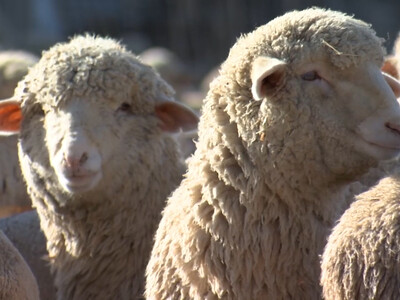Cattle on feed
USDA released its biannual U.S. cattle inventory report showing U.S. cattle totals as of January 1, following its monthly cattle on feed report the week before that. The reports provide inventory data for the nation’s cattle, including estimates of the number of breeding animals for beef and milk production, as well as the number of animals placed on the feed every month. The inventory report showed the total number of cattle and calves slightly below a year ago and mostly in line with expectations, while the monthly on-feed report surprised analysts with bearish placement data.Cattle Inventory
Overall, the January cattle inventory report does not show any dramatic changes in the trajectory of the cattle industry. As of January 1, all cattle and calves in the U.S. totaled 93.595 million head, slightly below the 93.793 million head reported a year ago. Generally, the levels reported were somewhat in line with industry expectations. This report did include somewhat significant downward revisions to previous years’ estimates, which means production is likely lower than originally thought. These revisions for July 2019, January 2020, and July 2020 were made after reviewing calf crop, official slaughter, import/export data, and new survey information.
Of this inventory, all cows and heifers that have calved totaled 40.6 million head. Beef cows dropped slightly from last year, coming in at 31.2 million head compared to 31.3 million head in 2020, while milk cows were up by 100,000 head over 2020, an increase of roughly 1%. In contrast to beef cows showing a decrease year over year, beef replacement heifers were up slightly over 2020. At first glance, this is somewhat obfuscating if we are looking at expansion or contraction (although beef cow decline outpaced replacement heifer expansion). Analysts were actually expecting producers to hold back fewer beef heifers for replacement, so this increase was unexpected. Both steers and heifers weighing 500 pounds and over were mostly in line with 2020, with heifers dropping a modest 25,000 head and steers increasing by a bit over 50,000 head.
A bigger story in this report concerned the calf crop for 2020, which USDA pegged at 35.136 million head. Calves born in the first half of 2020 were estimated at 25.8 million head, a 1% decline from the first half of 2019. Calves born during the second half of 2020 were estimated at 9.39 million head, meaning the year's total was looking at about a 1% decline from 2019. This report’s calf crop for the first half of 2020 showed a pretty sharp decline from what was initially reported in the July report. Moving forward, this revelation could be supportive of all class prices. Even as the cow herd’s decline was relatively small, fewer calves were produced which could limit fed cattle supplies down the road. This estimated calf crop will be the smallest we have seen since 2016 and continues a downward trajectory.













